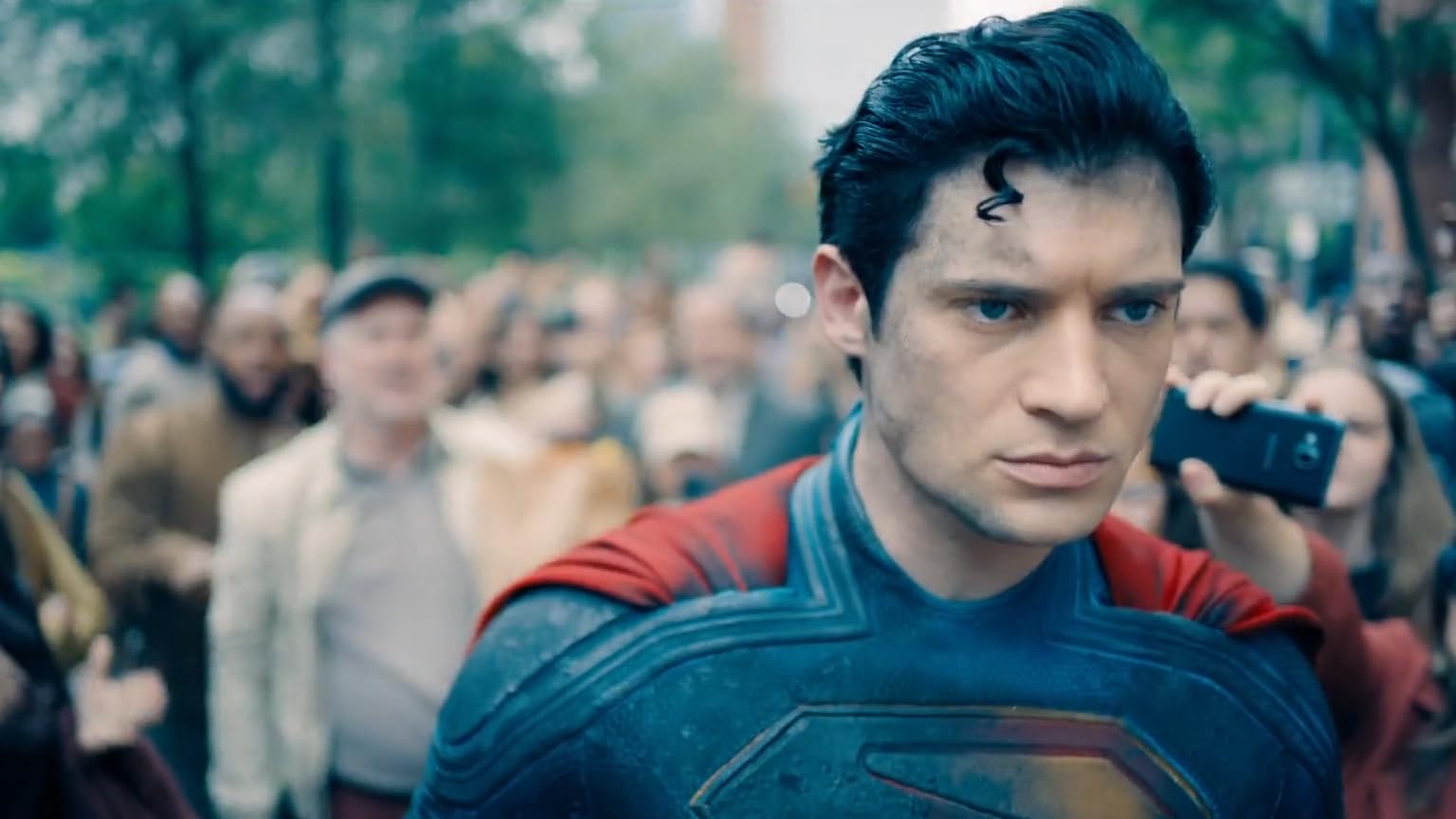Interview with Mahde Hasan: Bangladesh Is Not a Monoculture
Mahde Hasan talks about the importance of a long preparation period before the shooting and the advantage of working with non-actors.
Mahde Hasan is in the Proxima competition of the Karlovy Vary International Film Festival with his feature debut “Sand City”, a powerful drama in which sand becomes central to the lives of two lead protagonists, who only fleetingly cross each other’s paths, but share similar dependence to the granular material, highly priced on the market. They both choose not to pay for it, which costs one of them his job, and it brings the other one close to a mysterious crime.
Asian Movie Pulse had the opportunity to meet the Bangladeshi helmer during the festival in person and to speak to him about the importance of a long preparation period before the shooting and the advantage of working with non-actors.
T
At the time when I was working on the script, we had cats at home. And my partner rides a motorbike. Sometimes, (particularly around 2016-2017), she collected sand that we sometimes used for cat litter. We didn’t buy the real thing in the shop. So she told me about some experiences she had, as a woman, when she rode her bike to collect the sand. She faced bullying and many other situations, and strange experiences. When I heard all of it, I thought I could develop a story about a person, a woman, or a girl who roams around the city collecting sand for her cat. I was trying to elaborate on that more and turn it into a story that would be interesting for a feature film. I remembered something extraordinary a friend of mine did once upon a time. I developed the male character based on him, so that the person is very ambitious and wants to become a wealthy individual quickly. Many people are like this because they come from small villages without real potential for development, so they want it all and want it fast. It is a common phenomenon, and many fail in the process. But I am not criticising any character of mine, I portray life in Bangladesh.
While trying to figure out how to proceed, I discovered that Sand has a significant impact on contemporary Dhaka because large business owners collect sand from the river and then fill the river with the same sand. Then they build a new housing there. And the river is dying. Because when you collect a lot of sand from the river, it geologically dies. It slowly dries out. We’ve had huge rivers, but now they’ve shrunk because we’ve been housing on this sandy land. So I could add that as a second layer in the film. Dhaka has become an unstable city to me, and sand has a dichotomy. You can build on it, but it can be fragile. So you cannot grab as much as you want without consequences. So it has many dichotomies and contradictory characteristics. I put this in the story as well.
Regarding that thing with the severed finger, this came from terrible news that shook the society. One woman who was gang raped was killed, and her killers chopped her body in pieces and threw them away like garbage. Initially, I considered using more of it in the movie. Still, I decided to convey this horrendous story in a minimalist form, as a symbol, and let my female lead gradually connect with the absent body of a woman whose finger she found in the sand. That was my primary intention. Of course, audience can feel in another way, but it was my inspiration and ideas about the film.
I am trying not to be either a pessimist or an optimist. The city is presented in its true colours. There is a vibrant side to it, and a sad part as well. When we think about films from South Asia, they are often centred on social issues. Of course, my movie has those elements as well, but it is more than that. You can explore further, such as more psychology or more in terms of cinematic form. You can explore more than that.
I try not to be dramatic. I am not impressed by overacting, and I constantly strive to reduce the melodrama and make the character more natural in terms of expressiveness. When I watched the film with the audience today, I saw that I failed many times. But what I wanted was not to show dramatic acting and not to reveal the fakeness of acting; I just wanted to put them in the situation to see what happened to them as the characters.
Regarding silence. I feel that when we talk, we sometimes lose the purity of communication. We lose the beauty. I prefer to explore stories and people in silence, without dialogue. I am not saying that dialogue can’t be beautiful, and I will probably use more of it in my next movie. However, this movie required more silence, and when spoken word is used, it is about very mundane things, such as day-to-day dialogues.
My female lead had never acted before. I wanted someone pure, someone who can’t act and won’t pretend to be someone else. If they are told to sit down, they do it without overthinking. If I say the same thing to a professional actor, there is immediately a grain of fakery in what they are doing. I prefer working with non-professional actors.
That is how I got to choose Victoria Chakma, and we rehearsed for three or four months. She didn’t know how to drive, so we had to teach her that as well. We did some scenes together, but naturally, most of the time I didn’t want to impose any acting on her. And the good part is, she didn’t know how to act. That was the main thing.
On the other hand, I had someone like Mostafa Monwar, one of the country’s greatest actors, but I chose him because he can manage being somewhere in between. So I spent six months with him. I took him to various locations to help him understand what I was looking for. It needs to be said that I never shared the whole script with them. They knew the scenes they were supposed to play, but they had no idea about the film as a whole. This kind of approach aimed to prevent them from imagining what was going to happen and to take one step at a time. We improvised, but we knew what we were doing.
We faced real difficulties. I had a couple of locations in mind, and I needed the permissions. It took a long time to get them. We did a very precise production design, which is how I work. We drew a storyboard and did everything else necessary to avoid chaos. We began our meticulous preparations six or seven months before the shooting started.
Regarding the factory, we were given only 12 hours to shoot there. We had a contact person, and our location manager was particularly good at managing the situation. The same happened with the management of the Amusement park that we used as one of the shooting locations, and we had it at our disposal for five hours.
The film visuals always moved me. Of course, there is a story narrative, but mostly I imagined the visuals of other filmmakers. My director of photography is Mathieu Gombini, who also serves as Director of the Image Department at France’s renowned film school La Fémis. When I sent him my shots, he agreed to join us. He has never visited Asia in his life. So we started to talk regularly. I sent him the photos, telling him everything about that particular location and what kind of look I wanted to have. I would also send him the storyboards and any accompanying materials of importance. So, when he finally arrived, we spent 15 to 20 days revisiting the location, taking new photos, and discussing further steps. And I found that we are on the same page when we discussed Pedro Costa and the way he works with light. I also tried to copy the look from Antonioni, mostly because I find the colour palettes in his movie “Red Desert” beautifully bright. We also spoke a lot about David Lynch. It was clear to both of us that we were going to do this project together.
We had only 17 days to make the film.
We have around 50 ethnic groups in Bangladesh, and they all have their traditions, cultures and languages. I cast one of the leads who comes from a minority group, and that happens to be Victoria. She is a Chakma, and that’s a minority group with a powerful cultural heritage. They have their alphabet, songs, and rituals. When I found Victoria, many people asked me where she’s from, because her features are not typical of the majority that lives in Bangladesh. And each time they would get surprised when I answered: “She’s from here”. Bangladesh is not a monoculture. There are many layers to it.
You may also like...
Diddy's Legal Troubles & Racketeering Trial

Music mogul Sean 'Diddy' Combs was acquitted of sex trafficking and racketeering charges but convicted on transportation...
Thomas Partey Faces Rape & Sexual Assault Charges

Former Arsenal midfielder Thomas Partey has been formally charged with multiple counts of rape and sexual assault by UK ...
Nigeria Universities Changes Admission Policies

JAMB has clarified its admission policies, rectifying a student's status, reiterating the necessity of its Central Admis...
Ghana's Economic Reforms & Gold Sector Initiatives

Ghana is undertaking a comprehensive economic overhaul with President John Dramani Mahama's 24-Hour Economy and Accelera...
WAFCON 2024 African Women's Football Tournament

The 2024 Women's Africa Cup of Nations opened with thrilling matches, seeing Nigeria's Super Falcons secure a dominant 3...
Emergence & Dynamics of Nigeria's ADC Coalition

A new opposition coalition, led by the African Democratic Congress (ADC), is emerging to challenge President Bola Ahmed ...
Demise of Olubadan of Ibadanland
Oba Owolabi Olakulehin, the 43rd Olubadan of Ibadanland, has died at 90, concluding a life of distinguished service in t...
Death of Nigerian Goalkeeping Legend Peter Rufai

Nigerian football mourns the death of legendary Super Eagles goalkeeper Peter Rufai, who passed away at 61. Known as 'Do...





